QTC Robot Skin Feels How Hard You Touch – Coming soon to MIT, Samsung, Others
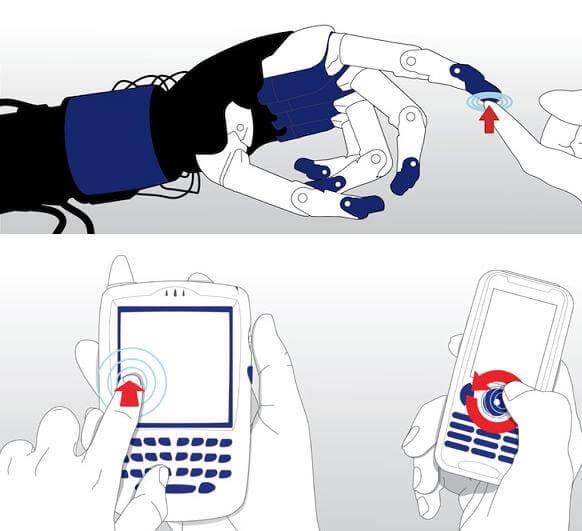
Share
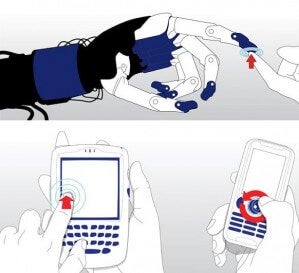
QTC allows pressure sensors to be incorporated into robots and mobile devices. Peratech is working with MIT, Samsung, Nissha and others.
Britain based Peratech is endowing machines with a human-like sense of touch. Their material, a quantum tunneling composite (QTC), increases the electricity it conducts as it is put under pressure. This allows QTC to effectively measure how hard you touch it. Generally it is in the form of a rubber-like pliable layer. The material has already been used in NASA's Robonaut, and with Shadow's robotic hand. Peratech had a flood of press releases this year announcing its partnerships with Samsung for mobile phone interfaces, Nissha for mobile phone touchscreens, and the MIT Media Lab for new robot skin. The company also recently received more than £ 1.1 million in funding which it plans to help cover the costs of expanding into these new ventures. Peratech is aggressively bringing QTC to market and may push the material into becoming an important new platform for human-machine interaction.
Giving electronics a sense of touch opens a wide field of options. All you need is a simple circuit that can measure (or use) varying levels of electric resistance, and QTC can transform it into a very precise pressure sensor. There's the straight forward applications like pressure sensitive keyboards, and touchscreens. QTC could also be used to provide feed back from prosthetics or robot limbs. Considering the importance of touch on the development of human infants, this material could help shape learning machine projects like iCub. QTC has even been embedded inside fabric allowing for computerized clothing with controls that blend in.

Peratech's QTC material is filled with microscopic spikey metal bits. Pressure on the material presses these pieces of metal together, increasing their electrical conductivity. The change in resistance is profound, a factor of 10^12.
Peratech is likely to pursue many different applications, but for now they seem focused on mobile phones and robots. Samsung and Nissha are interested in QTC enabled controls that would provide cheaper and more resilient alternatives to thin-film transistors (TFT). The MIT Media Lab is seeking to have Peratech develop a robotic skin that will tell where and how hard a robot has been touched. That skin will require QTC to interact with many small sensors embedded on the robot.
Be Part of the Future
Sign up to receive top stories about groundbreaking technologies and visionary thinkers from SingularityHub.


Looking through the Media Lab's current projects, there seem to be dozens that could use the new QTC robot skin. Hugh Herr's powered prosthetic ankles and feet could start to provide some sort of haptic feedback if covered in the material. MML also has a social interaction robot, the Huggable, which looks like a teddy bear. QTC could help the bot understand the difference between a toddler giving it a loving squeeze and a child clutching it in terror.
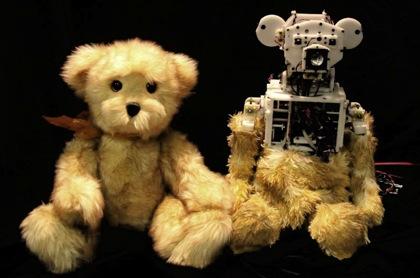
MIT's Huggable project is a robot built for social interactions. If QTC were used, it could help the bot feel how children hold it.
While QTC may seem like it suddenly exploded onto the scene, the material has been around since 1996. Working with Durham University, Peratech has been developing QTC for a while, but it's this latest round of applications that I really find promising. Conceptual uses are nice and all, but you can really start believing in a technology when you see millions poured into getting it into marketable products. Hopefully Peratech will get QTC to transform the surfaces of our electronics into tactile interfaces. This is just one of the many ways in which technology could allow our physical world to "wake up" by infusing it with digital sensing and information. I can't wait until my TV remote understands that I'm squeezing it so tightly because I want it to work. I'd ruin fewer remotes that way.
[image credits: Peratech]
Related Articles
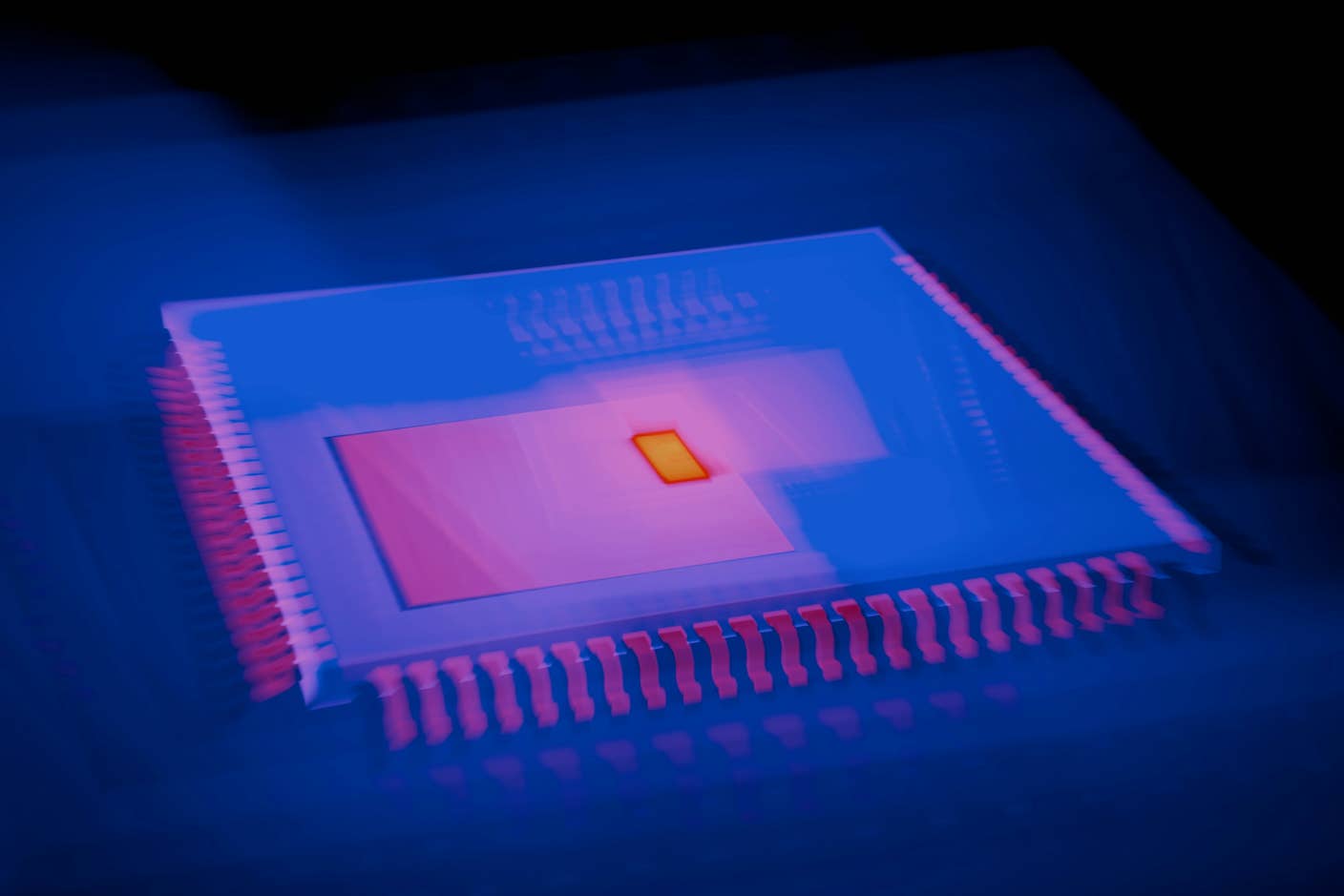
This Light-Powered AI Chip Is 100x Faster Than a Top Nvidia GPU
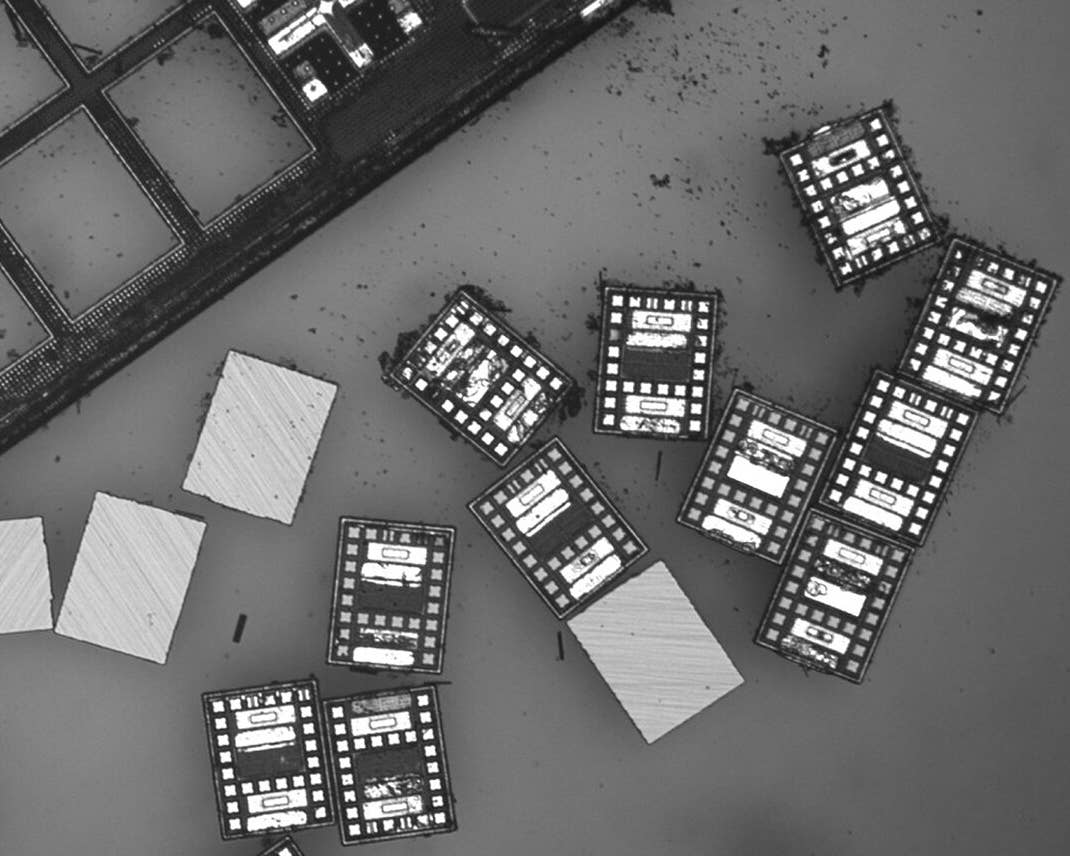
These Robots Are the Size of Single Cells and Cost Just a Penny Apiece
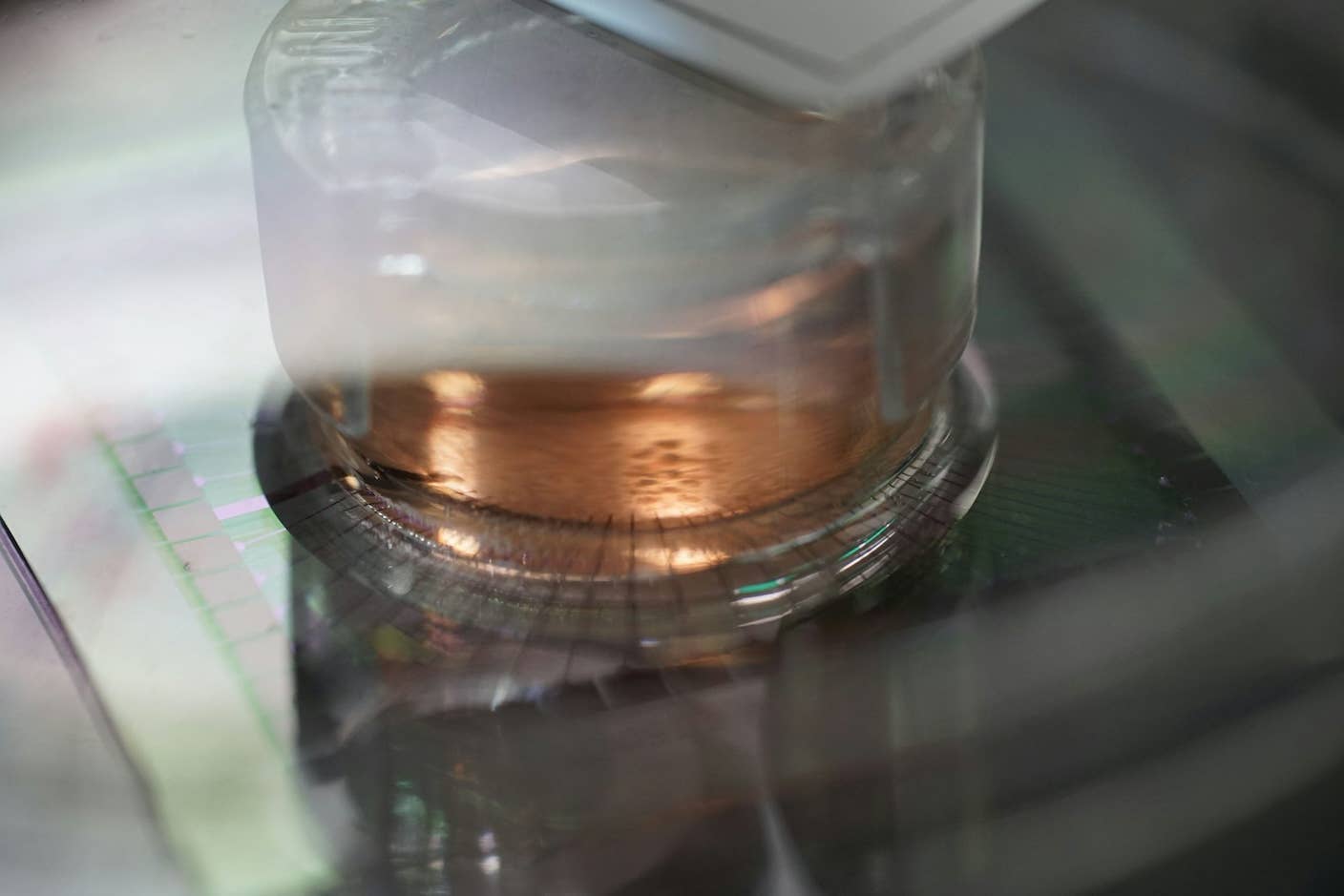
How Scientists Are Growing Computers From Human Brain Cells—and Why They Want to Keep Doing It
What we’re reading